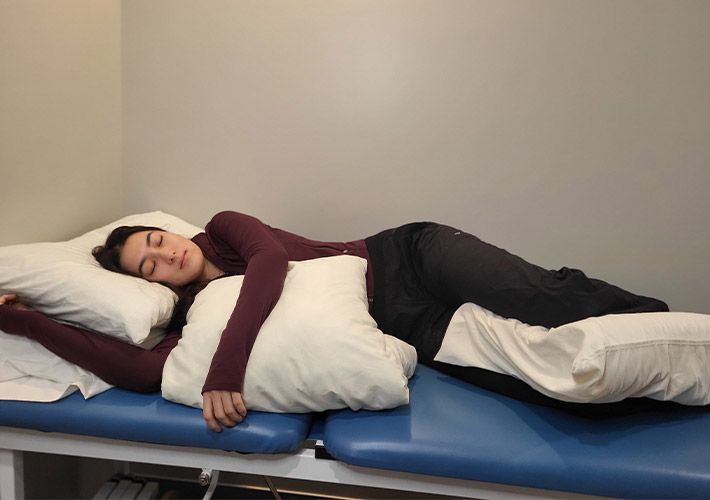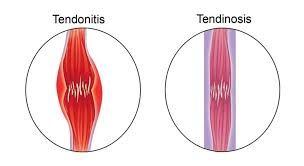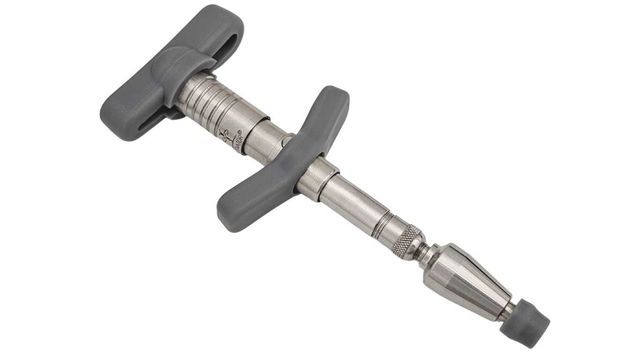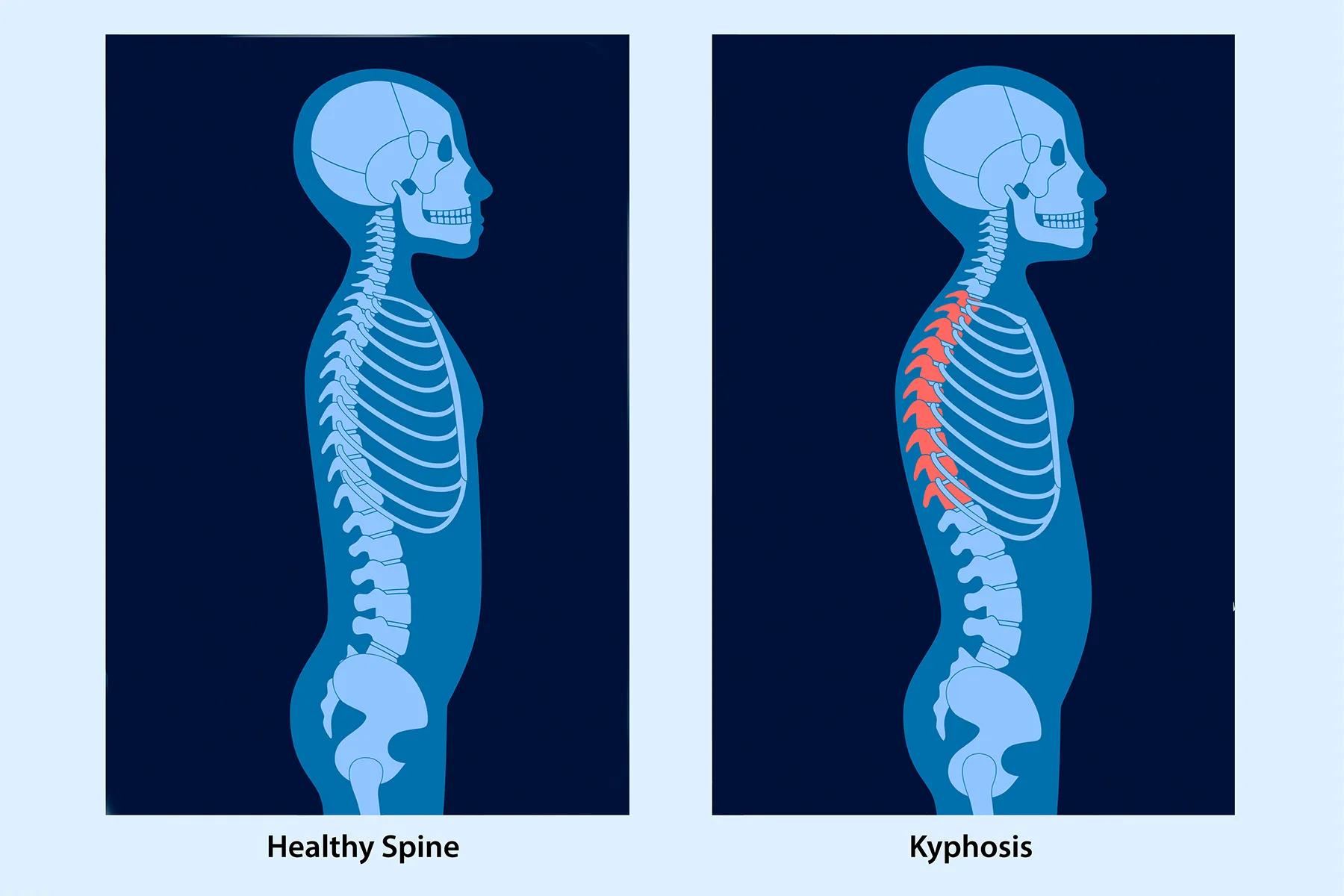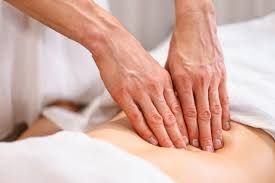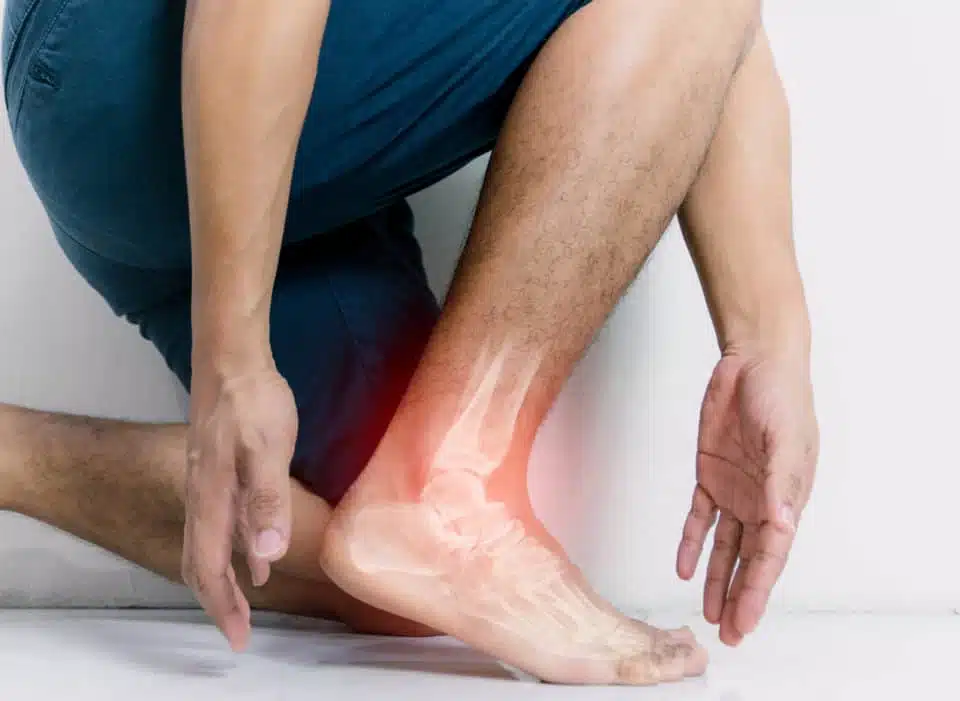Upper Cross Syndrome

Believe it or not, between 40-60% of the population suffers from Upper Cross Syndrome! You may be a part of that statistic—even if you’ve never heard of it. Even worse, you may be increasing the negative effects of it if you’re staring down at your phone to read this. Upper Cross Syndrome is “the hunch”. If you sit at a desk all day and notice your shoulders creeping up to your ears—keep reading!
What is it?
No, it’s not a gnarly boxing-related issue, it’s really a muscle imbalance. The “cross” refers to the muscles of the back of your neck, shoulders, and your chest being tight while the muscles in the front of your neck and your upper back are weaker. If you look at a side profile of a person, the muscles that are tight are across from each other and the weak muscles are across from each other, forming an “X”. Signs you may be experiencing this condition are neck pain, upper back pain, impingement, headaches, and trigger points.
How Does it Occur?
Poor posture! This is far and away the number one cause of Upper Cross Syndrome—good news though—that means it’s easily treated. Sitting or standing with rounded shoulders for an extended period of time (ahem office workers and college students), staring down at phones and computers with your head dropped down, as well as repetitive motions using improper form are the main culprits. How many times during the day do you catch yourself typing away and can feel yourself scrunched up and extremely tense? It happens to all of us (looking in a mirror as I write this), so don’t worry. Let’s look at some ways to kick it!
How Do I Treat it?
Well if some muscles are overly tight and some muscles are too weak, we stretch out the tight ones and strengthen the weak ones. It sounds simple, because it is! Let’s start with some easy stretches that can be done anywhere.
- Scapular Retraction- It sounds so fancy but all you need to do is squeeze your shoulder blades together, hold it for 5 seconds, and repeat 10 times. It’s a quick movement that can be done in the middle of the workday, no equipment needed.
- Wall Snow Angel- Stand with your back touching the wall with your arms up at 90 degrees in a “field goal” position. Squeeze your shoulder blades together and tuck your chin down. Keeping your shoulder blades together, slowly raise your arms up while keeping them against the wall like you’re making a snow angel. Repeat this 5 times, no snow required.
- Doorway Pec Stretch- Another movement that can be done throughout the workday. Stand in an open doorway with one foot in front of the other. Put your hands at shoulder height on either side of the door jams making a “W” with your arms. Slowly shift your weight forward until you feel the stretch in your chest. Do this move again with you arms overhead while still holding the door jams and lean till you feel the stretch. Hold these moves for 10 seconds and repeat 5 times.
- Scalene Stretch- This can be done seated or standing. With one hand, reach up and gently pull your head to one side while your other arm stays in a relaxed position. While still maintaining a gentle pull, look towards the ceiling. Finally, tuck your chin while still pulling. Be sure to do this for both sides and only pull to the point of a nice stretch with no pain.
- Thoracic Twists- This one is best done in the comfort of your own home. Kneel down and sit on your heels. Place one hand on the floor for support and the other hand behind your head. Twist open so your elbow points to the ceiling and turn your head to follow. Then, twist closed, trying to touch your two elbows together. Repeat this 10 times per side.
While it can certainly be difficult to break postural habits, especially when you’re cramming for a test or trying to meet a deadline, try to take breaks throughout your day. Taking a five minute walk, drinking water, and even just checking in on how you’re sitting, rolling your shoulders back then continuing work can make a big difference in treating Upper Cross Syndrome.
How Do I Prevent it?
Preventing Upper Cross Syndrome comes down to being mindful. Pay attention to how you’re sitting or standing, take a look at your work set up, and ensure you’re taking care of yourself with exercise. Here are 6 things you can do to stop the hunch before it starts:
- Maintain Good Posture- By now I’m a broken record, but as your chiropractic office, I cannot stress enough how important it is to have good body mechanics. Avoid slouching, favoring one side, or dropping your head forward for extended periods of time. Make sure you sit up straight with your head aligned between your shoulders.
- Take Breaks- Especially for those of us who sit all day, make sure you adjust your posture every 15-20 minutes and stand up and walk around at least once an hour (for many of us, our smart watches already bug us to do so). Doing so has been proven to refresh your focus so you can be more productive when you return, instead of losing steam in front of a computer for hours on end.
- Exercise- Strengthening your core, shoulders, neck, back, and chest through weight-lifting, pilates, yoga, or simple stretching can build a base that can support you for hours on end. With strong muscles, you won’t feel fatigue and the need to slouch down because your body has the strength and endurance to maintain good posture.
- Adjust your Workplace- Make the ergonomic swaps! Make sure your computer monitor is raised to eye level, use lumbar support in your chair, and consider getting a sit-to-stand desk. Stop yourself from rounding your shoulders forward before you even start.
- Avoid Repetitive Activities- As much as you can help it, limit how much time you spend sitting watching TV, reading, or being on your phone. Get outside, go for a walk, and get some sunshine whenever you can. For the winter months approaching, look into walking pads or treadmills that allow you to still watch all of your favorite shows while getting movement in.
- Support your Body- If you find yourself standing for long periods of time, put one foot up on a stable object, switching sides throughout the day. When sleeping, make sure your pillow has proper neck support and use other pillows or rolled towels to support your low back throughout the night.
Upper Cross Syndrome, while common, is easily treated and further prevented. Correcting your posture can not only limit your back pain, headaches, and tension, it can improve blood flow and can even make you look a little taller! If you have any questions, stop into either of our Buffalo chiropractic and massage office locations and ask our health care providers how to get rid of Upper Cross Syndrome!
Bethany Wolcott
D’Youville Chiropractic ‘26

